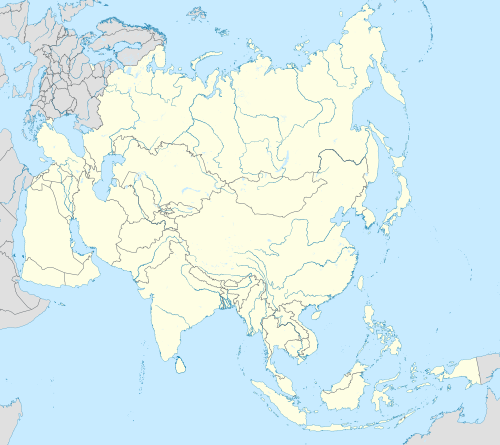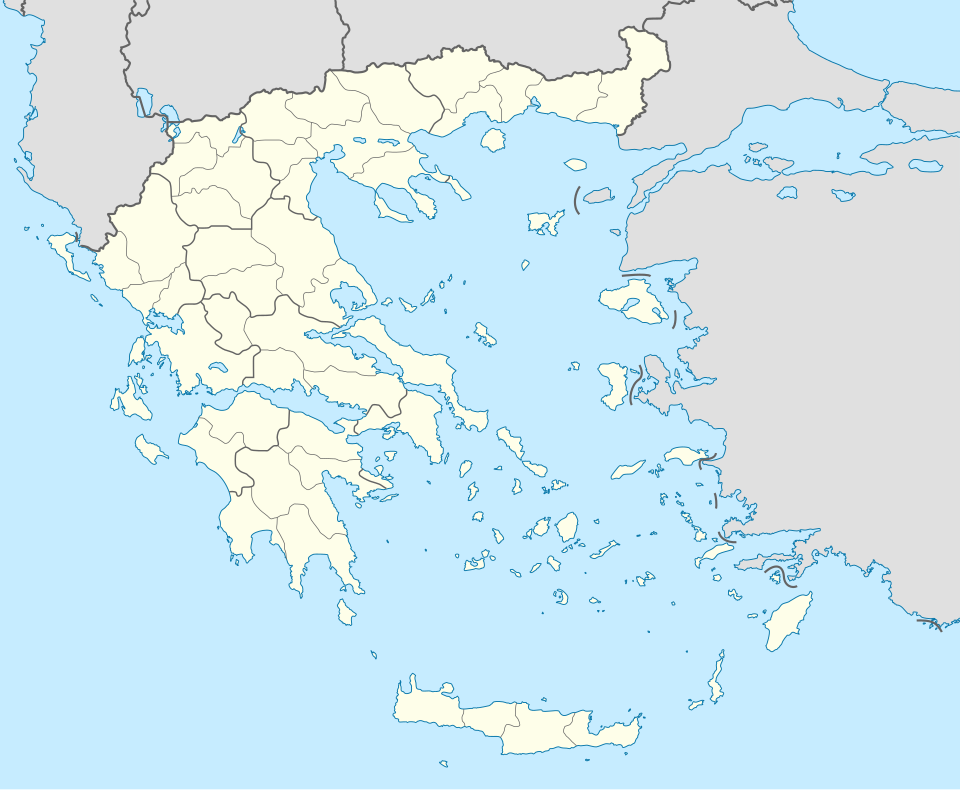 | |
| Host city | Athens, Greece |
|---|---|
| Countries visited | Greece, Australia, Japan, South Korea, China, India, Egypt, South Africa, Brazil, Mexico, United States, Canada, Belgium, Netherlands, Switzerland, France, United Kingdom, Spain, Italy, Germany, Sweden, Finland, Russia, Ukraine, Turkey, Bulgaria, Cyprus and Albania |
| Start date | 25 March 2004 |
| End date | 13 August 2004 |
| Part of a series on |
| 2004 Summer Olympics |
|---|
|


The 2004 Summer Olympics Torch Relay took the Olympic Flame across every habitable continent, returning to Athens, Greece. Every city which had hosted, will host, or coincidentally elected to host the Summer Olympics until the 2028 Summer Olympics was visited or revisited by the torch, as well as several other cities chosen for their international importance. The main reason the torch relay went around the world was to highlight the fact that the Ancient Olympic Games started in Greece, and in modern times have been held around the world but finally took place again in Greece in 2004.
Contents
- Route in Greece (first phase)
- International route
- Route in Oceania
- Route in Asia
- Route in Africa
- Route in the Americas
- Route in Europe (excluding Greece)
- Route in Greece (second phase)
- Aftermath
- See also
- References
- External links
The relay was the first time the Olympic flame had travelled to Africa and South America. The flame was transported from country to country aboard a specially equipped Boeing 747 leased from Atlanta Icelandic (Registration TF-ARO) called Zeus. On board the flame was carried and burned continuously in specially modified miners' lamps.








